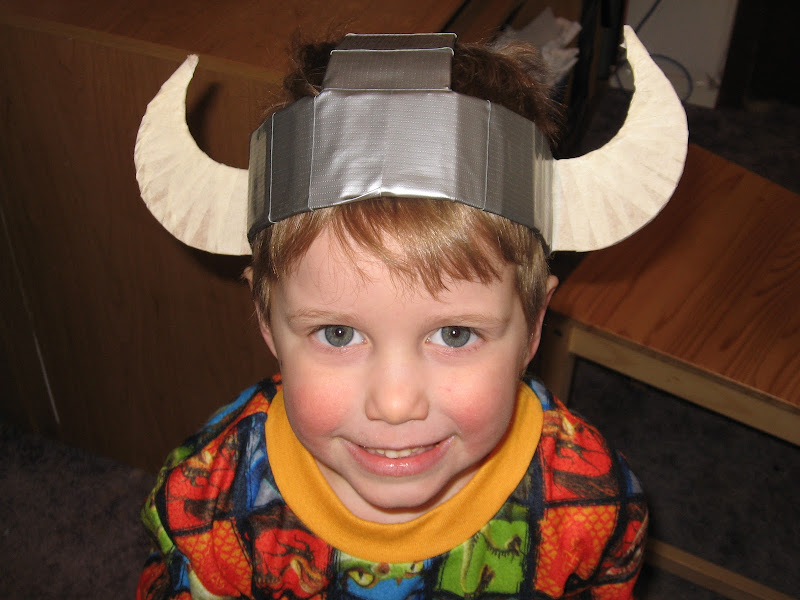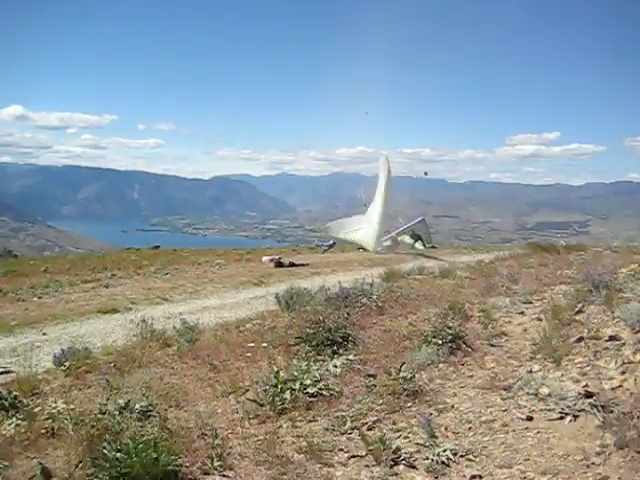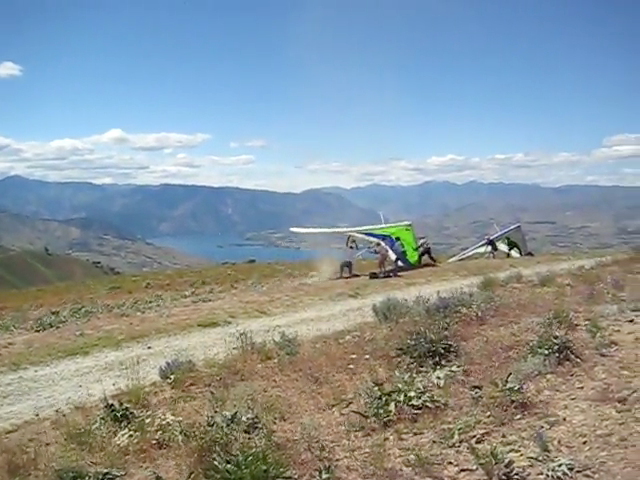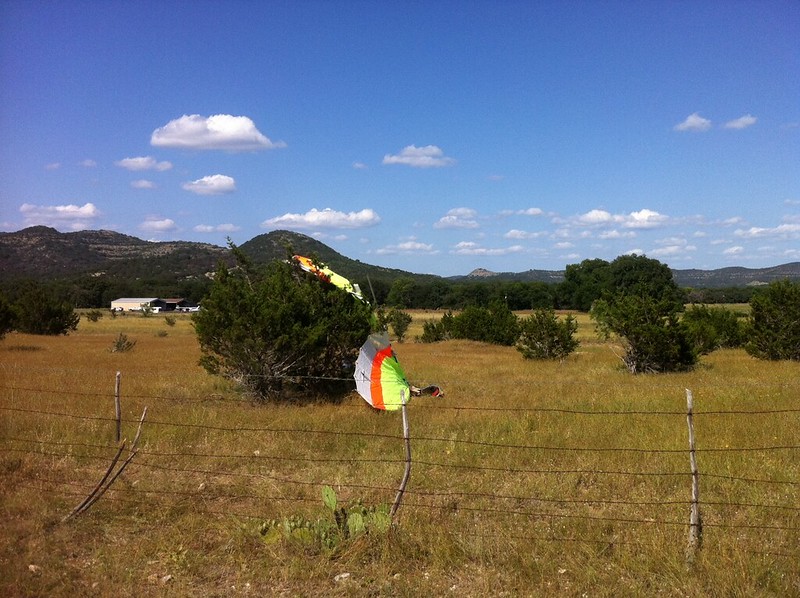Bob Kuczewski - 2015/01/02 00:43 UTC
Hello Tad, this is Bob Kuczewski. Happy New Year. I'm mostly calling 'cause I don't have time to write anything. I'm just so busy.
But I think we may have a different view of what ground handling is. I was looking at... reading some of what you've written and it just may be different nomenclature that we use.
I was taught that ground handling is basically when you're standing there at launch, ready to launch and you're basically feeling the glider, feeling what it feels like and, you know, trying to decide, you know, when's the right time to launch, and to control it, keep the wings level in possibly turbulent conditions.
And that's what... And it's an exercise you can do for quite some time at either a regular launch site or a training hill, just to get used to how to, you know, maneuver the wing, bring the low wing up and forward and high wing back and out of the wind and, you know, when to stand on the base bar, to get control again if it starts to get out of control, how to back off... All that stuff is what I consider ground handling.
I'm not talking about just walking the glider from one part of the ground to the other. I'm talking about actually handling it in the wind.
And so if that's different from what you consider ground handling then that might explain our difference of opinion there. If it is what you understood as ground handling well then, then just carry on.
Anyway, feel free to call, I know you don't like to talk on the phone but you're welcome to as well.
Bye.
Hello Tad, this is Bob Kuczewski. Happy New Year.
Thanks, but I forgot what it was like to have any hope of being happy decades ago.
I'm mostly calling 'cause I don't have time to write anything. I'm just so busy.
OK, but that cost me a good chunk of transcription time, effort, pain.
But I think we may have a different view of what ground handling is.
Yeah, I'll add it to the list.
I was looking at... reading some of what you've written and it just may be different nomenclature that we use.
I was taught that...
I was taught that a single loop of 130 pound Greenspot on the end of a two point bridle translated to 520 pounds towline tension and it would be a bad idea to go with anything heavier because we were already putting a high degree of stress on the glider.
Juan Saa was taught that putting weak links on both ends of a one point bridle doubles the tension required to blow tow you'd have with just one weak link and that with that configuration you won't have a weak link that blows when it's supposed to.
Tom Galvin teaches all his students not to do hook-in checks because they give a false sense of security.
Everyone in hang gliding is taught that:
- a backup loop is the only thing standing between a hang glider pilot and certain death
- "fifteen minutes" is one of many synonyms for "just"
- you get much more effective glider control by going upright and to the downtubes
- one must:
-- never use any part of the first half a runway due to the danger of clipping a fence on the downwind end
-- always work on perfect one's flare timing because landing in a narrow dry riverbed with large rocks strewn all over the place is an inevitability
- it's impossible:
-- to engineer a release that will consistently work as a release
-- for:
--- any individual to design a release up to the high standards of anything sold by any commercial towing operation
--- anything bad to happen:
---- while making the easy reach to Industry Standard releases or, when those don't work, the hook knife
---- after a Quallaby Link pop unless the pilot is a total moron
So what percentage of your core beliefs and understandings of stuff in hang gliding is based on what you were taught? For me - and hopefully a good chunk of the participants on Kite Strings - it's somewhere around zero.
...ground handling is basically when you're standing there at launch, ready to launch and you're basically feeling the glider, feeling what it feels like and, you know, trying to decide, you know, when's the right time to launch, and to control it, keep the wings level in possibly turbulent conditions.
Oh. Ground handling is something that you do at launch position but a hook-in check is something you do in the staging area before not ground handling the glider to launch position. Interesting concepts.
And that's what... And it's an exercise you can do for quite some time at either a regular launch site or a training hill, just to get used to how to, you know, maneuver the wing, bring the low wing up and forward and high wing back and out of the wind and, you know, when to stand on the base bar, to get control again if it starts to get out of control, how to back off...
...how to hold the control frame on our shoulders to make sure that at all times the strap's loose and the wing's down below the deadly turbulent jet stream six inches above... We don't wanna go totally nuts here pushing the safety envelope while developing and perfecting these skills. We sure don't wanna end up like that guy at that place some time ago did. That one was so horrible we couldn't talk about in out of respect for his family, friends, instructor, work associates, cats, acquaintances, emergency response team, undertaker...
All that stuff is what I consider ground handling.
1. All stuff that's pretty much impossible to handle competently for anyone south of a Three rating.
2. And since you weren't taught that you can have somebody on wing that option is totally off the table.
3. And if you move the glider while doing any or all of that it's not considered "ground handing". It's considered "moving the glider". You need to know that for the written test.
I'm not talking about just walking the glider from one part of the ground to the other.
You mean like?:
FAA-H-8083-13A - Glider Flying Handbook
Chapter 6 - Preflight and Ground Operations
Ground Handling
Moving a glider on the ground...
I'm talking about actually handling it in the wind.
So no wind, no ground handling. Just as well. When you're flying a glider and the wind stops blowing the glider plummets out of the sky.
And so if that's different from what you...
...along with everyone in REAL aviation...
...consider ground handling then that might explain our difference of opinion there.
And in hang gliding EVERYTHING's a matter of opinion. There are no right or wrong answers, theories to explain and understand what we do, bench tests which can determine on the ground what a weak link will do in the air, dictionary definitions to determine what is actually meant in any given sentence. Everyone is entitled to an opinion and its validity is proportional to the airtime of its purveyor.
If it is what you understood as ground handling well then, then just carry on.
Anyway, feel free to call, I know you don't like to talk on the phone but you're welcome to as well.
I DO like to talk on the phone. But...
http://www.ushawks.org/forum/viewtopic.php?f=2&t=992
Continuing Saga of Weak Link and Release Mechanism Failures
Bob Kuczewski - 2012/03/06 03:33:13 UTC
When I started the US Hawks, I made a point of specifically seeking out and finding people who'd been mistreated by USHPA or Davis or Jack because I wanted the US Hawks to be a more inclusive organization. I tried to help Tad lose some of his anger and aggression. I was patient with him for the better part of a year. I spent lots of time talking to him on the phone - often until the battery on my cell phone ran out. I believe that most of the people kicked around by USHPA, Jack, and Davis probably didn't deserve it. But I've begun thinking that Tad may be the exception.
I'm worried about taxing your patience in helping me lose some of my anger and aggression.
Here's my sacred pronouncement on what ground handling is and isn't. If you're:
- handling a glider on the ground to move it or keep it under control in the wind you're ground handling.
- in launch position controlling and trimming the glider in preparation for getting off the ground you're launching.
- practicing controlling the glider in strong air in a situation in which you can become inadvertently airborne you're a total fuckin' moron and we don't really need to define a term for the bullshit you're pulling - the generalized term "bullshit" is more than adequate.
- ground handling from inside the control frame - hooked in or not - you shouldn't be required to wear a helmet because there is zero data indicating that anybody has benefited or would have benefited from wearing a helmet.
- launching:
-- hooked in you should be required to wear a helmet because there's plenty of data indicating that they've kept brains from being turned to mush at and beyond that point in the flight.
-- unhooked you shouldn't be required to wear a helmet because you're demonstrating that - by once again refusing to do a hook-in check until just after launch - you've already got a mushed brain and you're a detriment to the sport and gene pool. (Also note that if you're launching unhooked you're not in violation of the new Bob Kuczewski helmet regulation. Pretty cool the way that works out. (One could also argue that if someone's not hooked in he really isn't launching and therefore wouldn't be in violation of the USHGA regulation mandating a hook-in check just prior to launch - not hooked in, no provable intent to assume the role of Pilot In Command and take a flight.))
Here's a bit more on ground handling from the Glider Flying Handbook and the world of REAL aviation:
Chapter 6 - Preflight and Ground Operations
Ground Handling
Moving a glider on the ground requires special handling procedures, especially during high winds. Normally, gliders are pushed or pulled by hand or towed with a vehicle. When moving a glider, ensure that all appropriate personnel have been briefed on procedures and signals.
When towing a glider, always use at least one wing walker. The wing walker and the driver of the tow vehicle function as a team, alert for obstacles, wind, and any other factor that may affect the safety of the glider. The driver should always stay alert for any signals from the wing walkers.
If it is necessary to move the glider during high winds, use two or more crewmembers placed at the wingtips and tail. Also, have a pilot in the cockpit, with the spoilers deployed, holding the controls appropriately to reduce lift on the glider. Strong winds and gusts can cause damage to the glider during ground handling, so exercise care during these conditions. Another method of towing uses specially designed towing gear similar to a trailer tow bar that attaches directly to a vehicle towing a trailer. The tow bar makes guiding the glider much easier and allows the wing walkers to concentrate on ensuring wingtip clearances.
Note that for ACTUAL ground handling, in which the only significant danger is to the glider itself, it's assumed that assistants will be available and active in the process. And in hang gliding - as you were taught it - at launch and in circumstances in which many pilots have been totaled along with their gliders, it's assumed that there WON'T BE assistants available and active.
Guess we're just a lot more manly than those fiberglass faggots are. Or maybe it's just that our gliders and lives are only worth small fractions of theirs.
P.S. Nothing about helmets for anyone involved. Maybe you should write a letter to the FAA. I'd be more than happy to help you with a draft.




